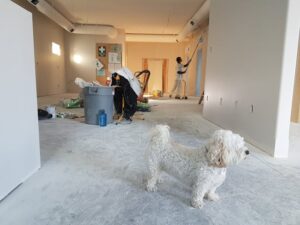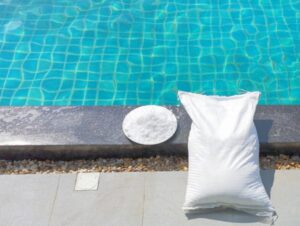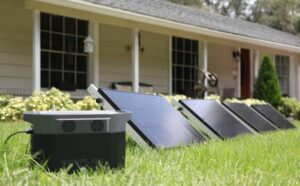
House bills don’t stop at you paying the down payment, interest rate, and mortgage. Sometimes the cost of owning a home can last for a lifetime. You’d need to get insurance to cover expenses should any accident transpires, make your monthly water and power bills, as well as prepare your pockets for repairs and maintenance your residence might need. No matter how you look at it, you’ll have to deal with more and more costs as a homeowner—it’s a reality that you cannot live cost-free.
Rather than shoot for the moon by trying to look for ways you can live without paying any bills, you can instead aim for the stars and search for methods that can help you keep your accounts at a minimum. Aside from excellently budgeting your expenses, you can also look for alternatives to reduce your living costs, just like the ones below.
Bigger Windows
Homes with smaller windows require tenants to turn on lights even during the daytime. A regular light bulb uses at least 60 watts per hour, which is not the primary cause of the spike in your power bills, but when you switch on lights during the day, it’ll add more to your expenses.
To combat this, you can rely on natural lighting instead. An ideal solution for this is larger windows. With a big window, you not only let more light in, but you also promote good ventilation, leaving you with better air quality that comes with plenty of health benefits.
Good Storage
Instead of repeatedly modifying your home year after year and shelling out money for materials and contractors only to extend your house and create more space for your things, you must invest in ample storage from the get-go.
Some people opt for cabinets and installing shelves on their wall space, which are great solutions. However, when you build your home with having generous storage in mind for your seasonal items, the cabinets and drawers you install will blend in more seamlessly with the rest of your home decor.
Greywater Recycling System
There are only a few ways you can reuse water. Unlike recyclable materials, once water becomes dirty, there’s no way for your to drink it without the risk of being sick. But, there are other ways to upcycle used water, and installing a greywater recycling system is one.
Greywater recycling works by storing your used water in surge tanks, subjecting them to different filtering processes, so you can use it again for other household demands, like flushing your toilet. Apart from a greywater recycling system, you can install a water softener system to tackle your hard water problem that can ultimately damage your pipes and appliances. Having access to clean water is challenging enough, making it all the more crucial to save and conserve.
A Rooftop Garden
There’s no problem with having a regular garden in your backyard, but by growing plants on your roof, you get better insulation and keep your indoor premises cool during the summertime. Air conditioners work double-time during the summer, which can create a massive dent in your electric bills and upset your household budget.
You need good cooling and heating systems to ensure that your desired temperature stays within your home for longer, but aside from that, one natural solution is to insulate your roof with plants. Not only can growing plants on the top floor of your home help deflect heat, but you also get to maximize space and help clean the air.
Other Ways to Power Your Household
Electricity is an essential part of modern living. Every appliance you see at home either needs an outlet or requires charging so you can use it wirelessly. In short, without electricity, living in contemporary homes will be challenging. With electricity costs making up most of your household bills, you need to seek other cheaper resources and resort to energy-saving habits to help you conserve.
Aside from limiting your use of gadgets and appliances, you can also switch to renewable energy sources, like solar power, and eventually reduce your dependence on natural gas and decrease your carbon footprint while you’re at it.
Pest Repeller
In the years to come, you’ll have to make minor repairs around your home and fix up your house’s foundation that can lead to major issues and more costly restorations when left alone. Outdoor climate and pests are the leading causes of wear and tear in a house, and since there’s no way of controlling weather at the moment, you can use treated and powder-coated materials that can withstand rust and corrosion.
On the other hand, pests are easier to deal with than the weather. You can call a pest exterminator service, but there’s always the possibility of insects and wild animals coming back, so you can choose to deter them actively instead. For instance, you can use a motion sensor pest repeller that produces frequencies, effectively preventing animals and insects from invading your home.
Running a home requires you to be on top of expenses you might not be ready for, but by saving money through clever household practices, you can pay your bills on time.




